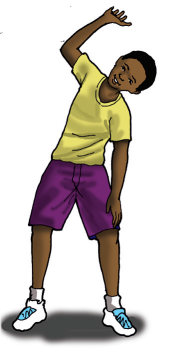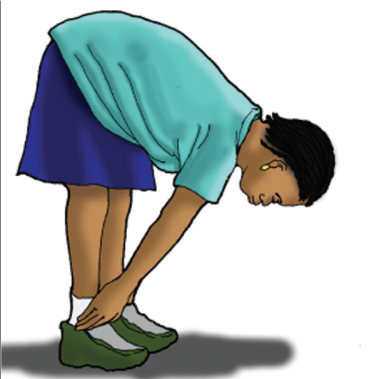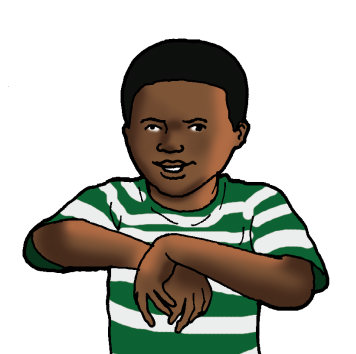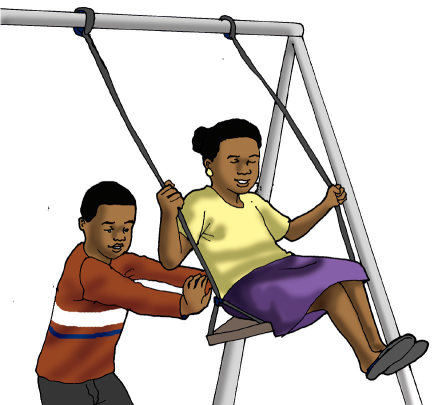Lesson Notes By Weeks and Term - Primary 4
NON-LOCOMOTIVE MOVEMENTS
WEEK 2&3
SUBJECT: PHYSICAL AND HEALTH EDUCATION
TERM: 1ST TERM
CLASS: PRIMARY 4
TOPIC: NON-LOCOMOTIVE MOVEMENT
PERFORMANCE OBJECTIVES
At the end of this lesson, pupils should be able to know about:
REFERENCE MATERIALS
ENTRY BEHAVIOUR/ PREVIOUS LESSON: The students are familiar with.
WORD FILE: movement, axial.
CONTENT
NON -LOCOMOTIVE MOVEMENT
It is the movement that does not involves moving of the whole body. Some parts of the body are moved. It is also called axial movement. The movement can be forward or back ward movement.
EXAMPLES OF NON- LOCOMOTIVE MOVEMENT




MANIPULATIVE MOVEMENT
It is the movement of the part of the body to control, turn, twist, bend, beat, bounce, throw, catch or cause an object to move. Manipulative movement occurs more during sport activities.
EXAMPLES OF MANIPULATIVE MOVEMENT
INSTRUCTIONAL PROCEDURE
LEARNERS ACTIVITIES
EVALUATIVE ACTIVITIES
Teacher ask the learners to:
CONCLUSION: the teacher summarize the lesson
Exercise
or any other part of your body.
© Lesson Notes All Rights Reserved 2023